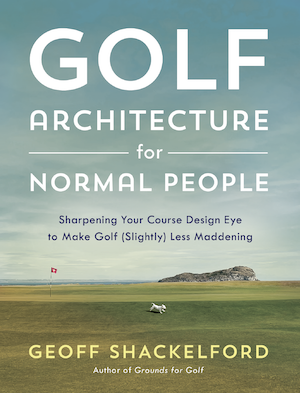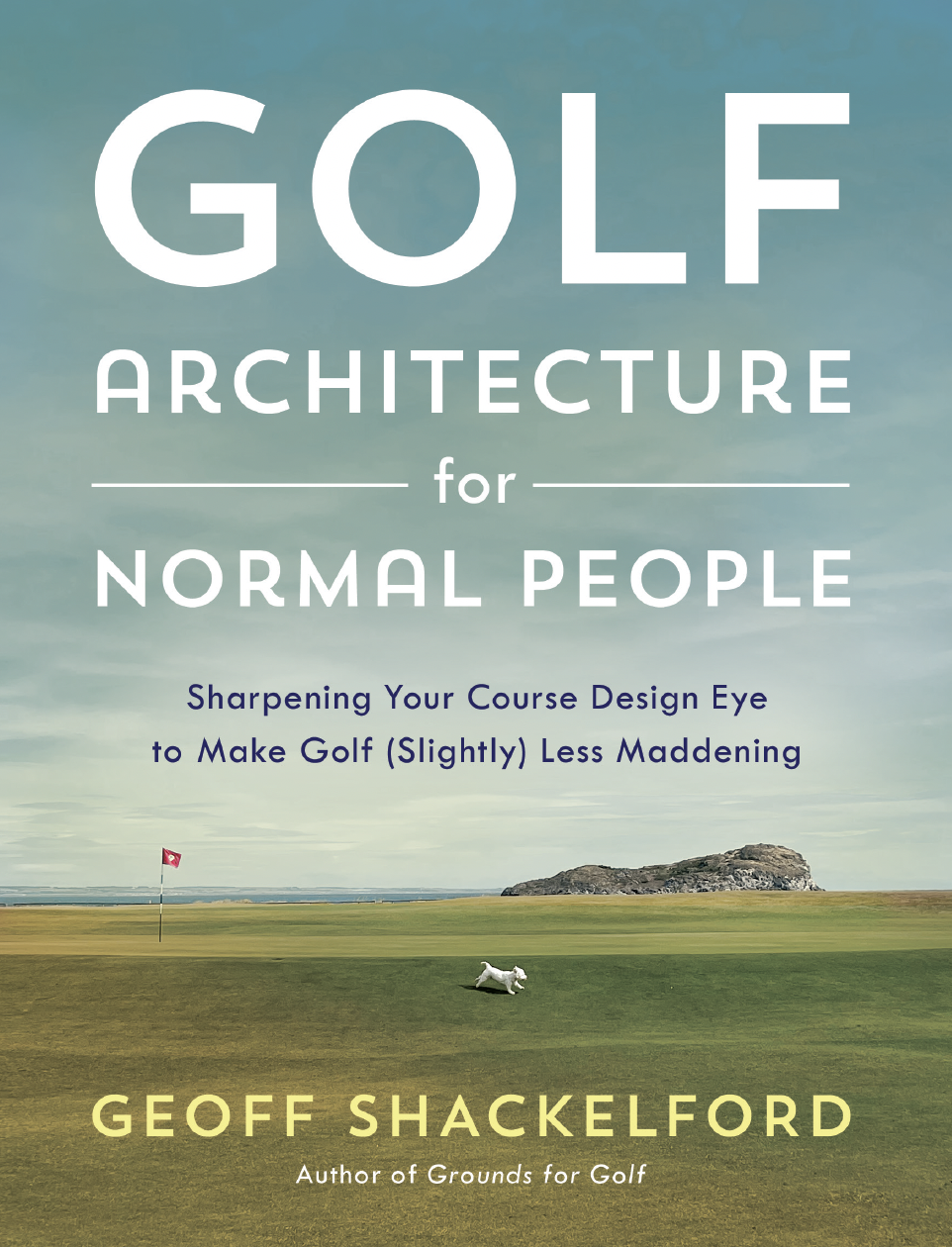Jerry Potter and Tom Spousta of the USA Today do their best Judith Miller imitation by wheeling out the USGA's Distance Myth press release...as if they came up with this propaganda on their own! That's right, instead of noting that the "myths" came to them as a release, they report having "consulted" with the USGA's Dick Rugge.
The USA Today: all the prepackaged news that's fit to regurgitate.
Anyhow, they follow up their myth "research" with more hard hitting reporting, this time calling on Rugge and Wally Uihlein to fill up most of a story about what was supposed to be reader feedback on distance regulation, titled "Readers Decide It Must Be The Ball." In the story, we hear from a whopping three readers, with two saying the ball needs to be rolled back.
But first some really, like, you know, like really heavy discussion of the meaning of myth.
The power of myth has long been a steadying influence for people, allowing them to believe what they want to believe often when it flies in the face of scientific evidence.
"In most cases when there is a myth," says Wally Uihlein, chairman and CEO of Acushnet Company, which makes Titleist golf balls, "there is a symbol of something that can't speak for itself. It's assigned supernatural power."
Like a golf ball.
Ah yes, the poor, picked on golf ball! We're all delusional! It's the agronomy, it's the ster...sorry, continue.
To the question posed last week about lengthening courses or reining in technology to combat the game's long bombers, many readers zoned in on the ball.
"I am completely in favor of reining in the distance a golf ball travels by adopting standards for the ball and the club," responded Timothy W. Broos of Dixon, Ill. "There is absolutely nothing wrong with a 275-yard drive being impressive and a 440-yard par-4 being long."
Fred Daum, the retired golf coach at Franklin and Marshall College in Lancaster, Pa., wrote in an e-mail that "it's a no-brainer" to rein in equipment because it's destroying the traditional venues for the game, and its past heroes. He laid the blame on the U.S. Golf Association for not controlling technology.
Well, enough of those pesky readers!
Dick Rugge, the USGA's senior technical director, gets similar e-mail at his headquarters in Far Hills, N.J., but he says, "We don't believe the ball needs to be changed at this time."
Yes, we kind of got that from the distance myths memo.
Uihlein says there always have been periods when technological advancements stirred concern and brought predictions of ruin. That included changes in the construction of the golf ball and golf clubs, made possible by new materials and production processes.
"There was a similar noise level when Sam Snead and Ben Hogan became prominent (in the late 1930s)," Uihlein says, "and were hitting the ball long distances. That was a time when we went from hickory shafts to steel shafts."
You know, I've looked through a lot of old golf magazines in the late 1930s, and it's kind of hard to even find Ben Hogan's name mentioned, much less stories about technology impacting the game. And actually, all of the late 20s and early 30s talk centered around the ball, not the clubs. Ah how times haven't changed.
"If we only made rules only for the Tour," Rugge says, "our job would be easy. We make the rules for the 28 million people who don't play professional golf."
Most are amateurs with double-digit handicaps, and they don't drive the ball 300 yards.
"People say, 'Roll back the ball 10%,' " Rugge says. "If you do that, then a guy hitting the ball 300 yards off the tee will be hitting it 270. But someone hitting it 200 will be at 180."
Rugge added that a blanket reduction wouldn't even be good for all Tour players.
Oh right, because long hitters don't get a disproportionate boost from today's equipment. I forgot.
Uihlein says distance is a factor of more things that just the ball. It's the club; it's the course conditions; it's club fitting; it's the athleticism of the players.
"You don't control the athleticism of the players," he says.
Well, a little steroid testing wouldn't hurt.
"Technology," Uihlein says, "has had a democratizing effect on golf. Without it we'd have far fewer people playing golf. One thing we know: As long as people believe they can play better, they continue to play. When they don't think that, they quit."
Ah...now, I wonder if there are "facts" to support the claim that people would play less if they had less frequent shopping opportunities? Or is corporate pro-technology bias?
And remember, as long as the illusion of getting better through purchasing power exists, they'll keep playing. Now that is touching.
Hey, but at least one reader chimed in on the good side:
Joshua Reynolds of Lee's Summit, Mo., agrees: "For those of us who can't cream the ball 330 yards, we need the extra distance. ... 'Dear USGA & PGA. Please let the average Joe enjoy his round of golf with whatever ball he wants to play."
Send that man a dozen Srixon's!











